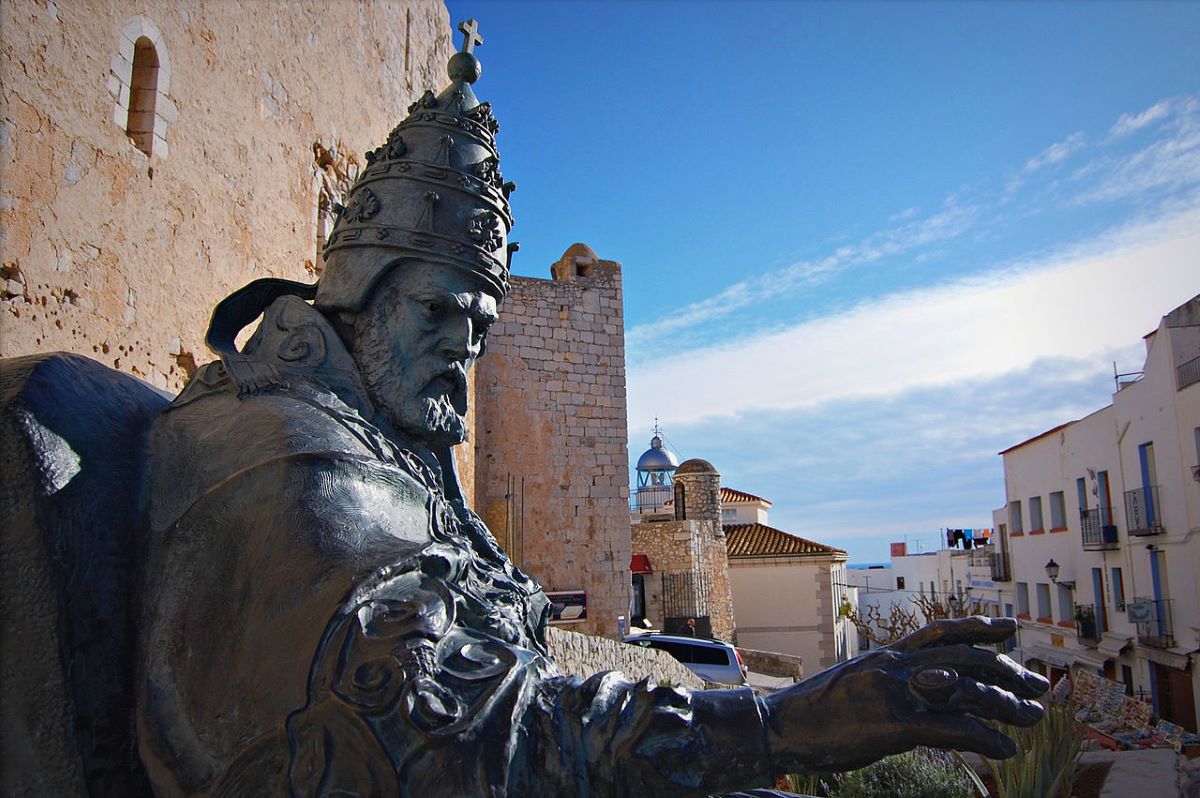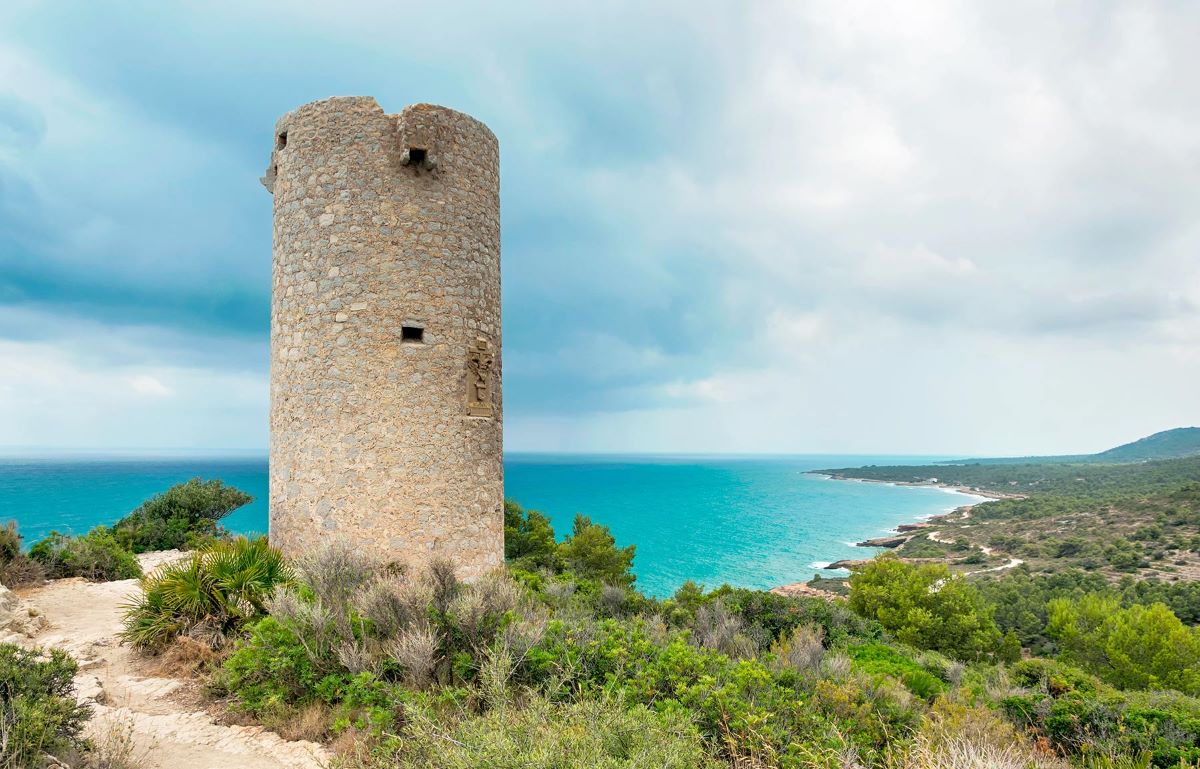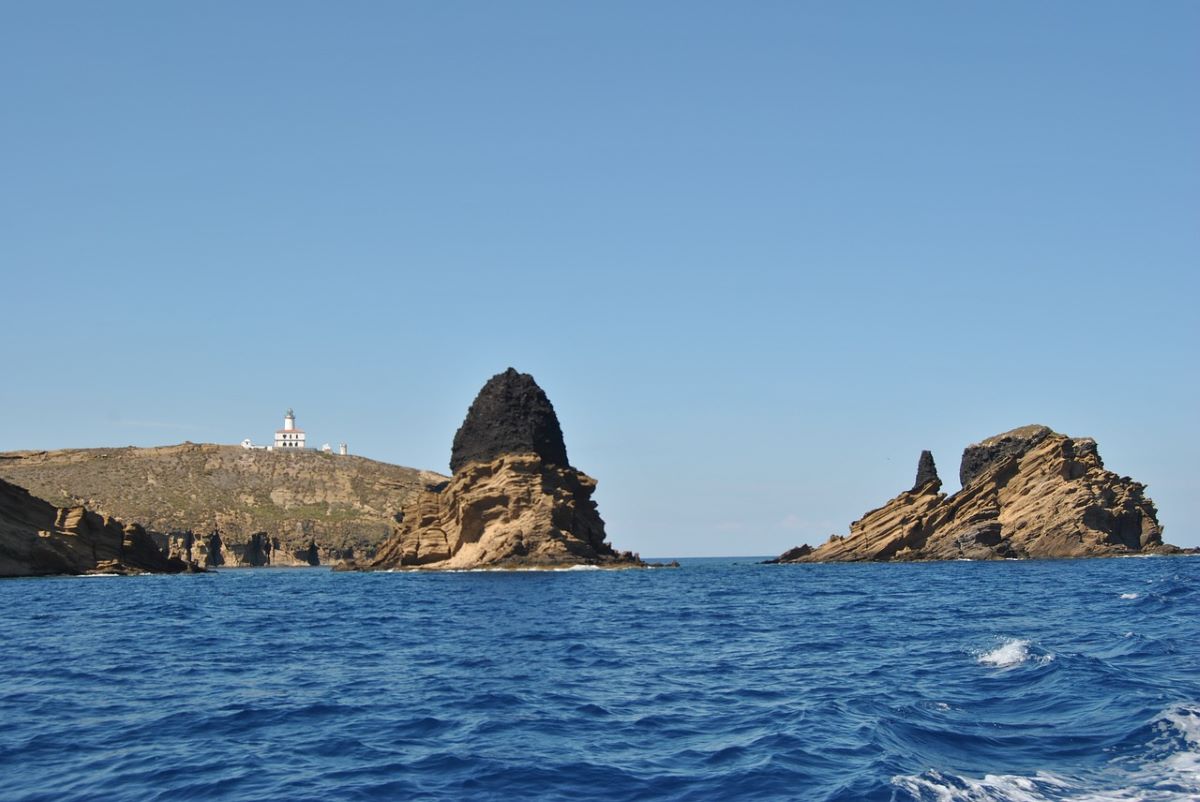
Image | Pixabay
The past of this town on the Costa del Azahar tells us about Iberians, Carthaginians, Romans, Templars and popes facing Rome, but today Peñíscola is one of the most popular holiday destinations in Spain and the refuge of thousands of people seeking rest under the sun on this side of the Mediterranean. If you have marked this little town on your travel map, discover below everything that this beautiful corner of Castellón has to offer you.
Peñíscola Castle
The castle is a Templar fortress that occupies the highest area of the rock on which the ancient city of Peñíscola is located. From its top you will have a spectacular panoramic view of the entire town. It is undoubtedly one of the great tourist attractions in the area and in its surroundings you will find a large number of bars and shops where you can buy souvenirs.
This imposing fortress that began to be built in 1294 has come down to us in perfect condition, despite the fact that it is missing a quarter of it, which was destroyed in 1814 during the War of Independence. At present it is a Cultural Center that houses exhibitions, conferences, congresses, the Peñíscola Comedy Film Festival, among other activities.
The fame of this castle would come when it became Pontifical See in 1411, because of Pope Luna, Benedict XIII, who was appointed Pope in 1394 despite opposition from France and after fleeing Avignon took refuge in Peñíscola. These troubled times, during these years there were up to three Popes and one was Benedict XIII who died at the age of 94 in 1493.
Statue of Benedict XIII
This statue dedicated to Pope Luna is located under the castle wall. It is a two meter tall statue that weighs around 700kgs.

Image | Wikimedia Commons
Plaza de Armas
A short distance from the monument is the Plaza de Armas, where you can visit the Hermitage of the Virgen de la Ermitana, built in 1714 in a Valencian baroque style. From here, taking Calle Santos Mártires you reach the Artillery Park, which can be accessed by presenting the castle entrance. This former XNUMXth century military fort is a botanical garden today.
Iglesia de Santa Maria
Built in the XNUMXth century and enlarged at the beginning of the XNUMXth century, the church of Santa María or parish church is known for guarding the treasure of Benedict XIII in which it is worth highlighting a processional cross of Benedict XIII, a chalice of Pope Luna and a reliquary of Clemente VIII.
The Museum of the Sea
Located on the Bastion of the Prince, the Museum of the Sea pays tribute to the seafaring tradition of the inhabitants of Peñíscola. In it you can see models of ships, anchors, amphoras, bronze helmets, graphic documents, audiovisual media and three aquariums with Mediterranean marine species.

Image | Traveler
Sierra de Irta
Along with the wonderful beaches of Peñíscola, nature lovers will be able to enjoy the Sierra de Irta, a spectacular natural setting where there is the possibility of horseback riding, mountain biking, quad biking or on foot along the marked trails of the mountains. In the Sierra de Irta you can also visit the hermitage of San Antonio, dating from the XNUMXth century, from whose wall you can see an excellent panoramic view.
The walls of Peñíscola
King Felipe II ordered the architect of the time Juan Bautista Antonelli to build these walls between 1576 and 1578. The Portal de Felipe II is one of the three entrances to the old town. Another is the Sant Pere portal, which was built in the XNUMXth century by order of Pope Luna.

Image | Pixabay
The Columbretes Islands
Of volcanic origin, the Columbretes Islands are made up of small islets called La Grossa, La Ferrera, La Foradada and Carallot. They are settled on 80-meter-deep depths and represent one of the small archipelagos with the greatest ecological interest in the Mediterranean Sea. It is possible to visit them because excursions are made from Peñíscola.
fishing port
Given the great agricultural and seafaring tradition of Peñíscola, fishing continues to be a relevant engine of the city and therefore its port is one of the most important in the Valencian Community. Approaching the port to watch a sunset and work the fishermen at sea can be an interesting idea.
Peñíscola Beaches
Playa Norte is a beach that is almost a must-see for its crystal clear and calm waters and for having all the services. Although it is always recommended that you visit Peñíscola in search of one of its quiet coves.